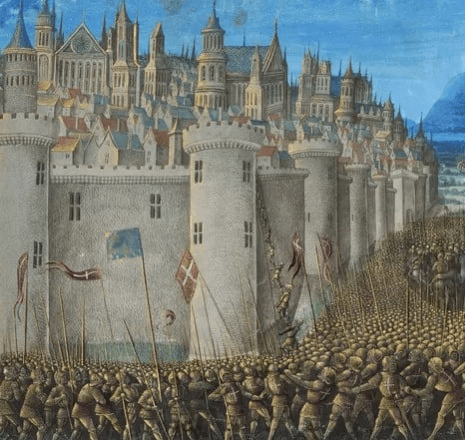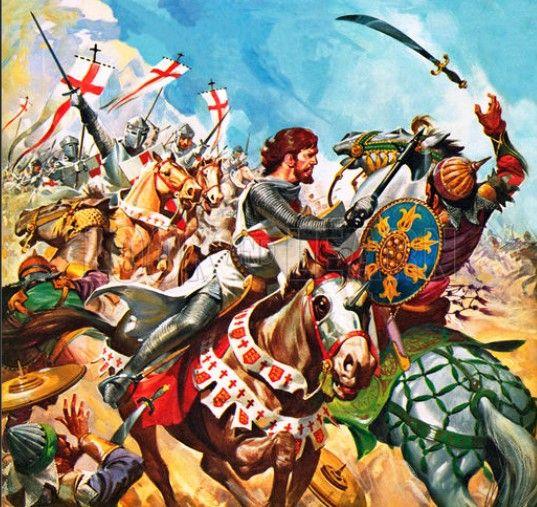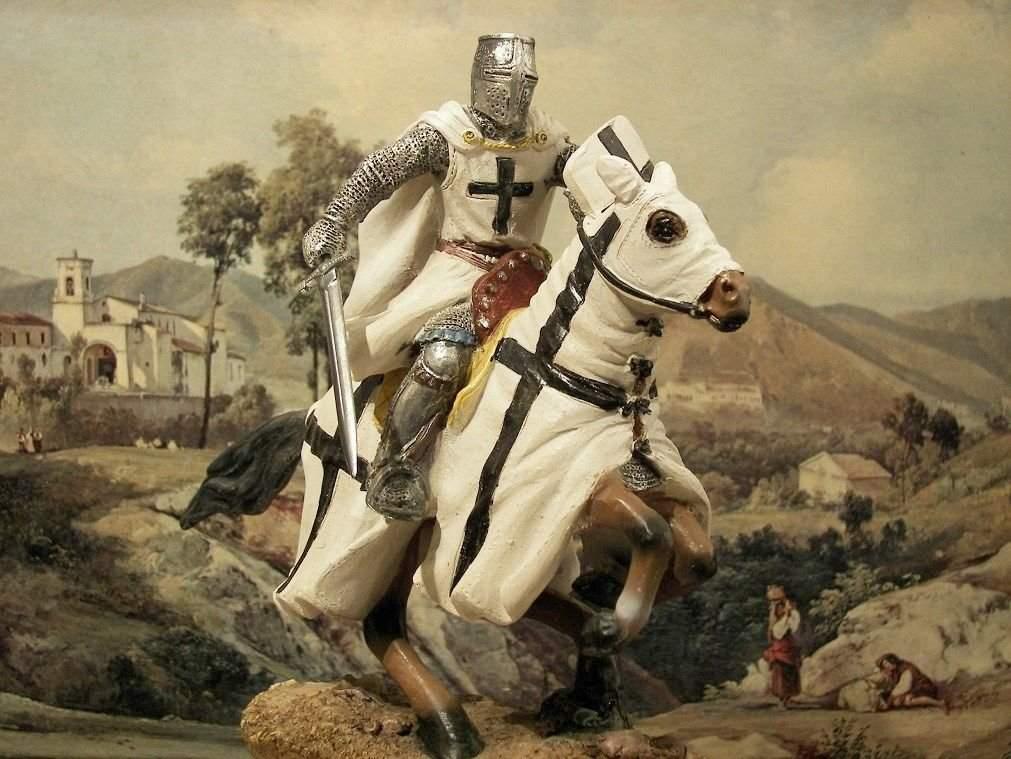INTUSK MAGAZINE
TO THE CORE OF YOUR HEART
The First Crusade (1095-1102)
February 10, 2023
Causes for the First Crusade
The first and most important action to spark off the fuse which would eventually burn down to the explosion of the First Crusade was the rise of the Muslim Seljuks, a Turkish tribe of the steppe. The Seljuks won significant victories in Asia Minor against Byzantine armies, notably at the battle of Manziket in ancient Armenia in August 1071. As a consequence, they gained control of such great cities as Edessa and Antioch and, c. 1078, the Seljuks created the Sultanate of Rum with their capital at Nicaea in Bithynia in northwest Asia Minor. By 1087 they had taken control of Jerusalem.
The Byzantine emperor Alexios I Komnenos (r. 1081-1118) realised the Seljuk expansion into the Holy Land was a chance to gain the help of western armies in his battle to control Asia Minor. Consequently, Alexios appealed to the west for soldiers in March 1095. The appeal was sent to Pope Urban II (r. 1088-1099) who proved remarkably responsive, as did thousands of European knights.
Pope Urban II had already sent troops to help the Byzantines in 1091 against the Pecheneg steppe nomads who were invading the northern Danube area of the empire.Urban II also hoped to make himself head of a united Western (Catholic) and Eastern (Orthodox) Christian church, above the Patriarch of Constantinople. The two churches had been split since 1054 over disagreements about doctrine and liturgical practices.
On 27 November 1095, Urban II called for a crusade in a speech during the Council of Clermont France. The message, known as the Indulgence and aimed specifically at knights, was loud and clear.
The Enemy
The Seljuk Muslims who had taken control of most of Asia Minor and northern Syria in the latter decades of the 11th century were suffering their own particular problems even before the crusaders arrived. In conflict with their bitter rivals, the Shiite Fatimids, based in Egypt, the Sunni Seljuk Muslims had wrestled Jerusalem from them. However, a serious blow to Seljuk ambitions came with the death of the powerful Seljuk Sultan Malikshah in 1092 which produced a scramble for power by various local lords with none gaining supremacy.
Crusaders Armies

The first major group was the people's army, a mixed group of poor and petty knights. They were led by the preacher Peter the Hermit and the knight Walter the Penniless (Sansavoir). Ill-equipped and by necessity driven to foraging as they crossed Europe, they made few friends along the way. Peter had earlier been on a pilgrimage to the Holy Land where he had been captured by Muslims and tortured.
They were promptly shipped by Alexios to Asia Minor, where, ignoring the Byzantine's advice, they were ambushed and wiped out near Nicaea by a Seljuk army led by Kilij Arslan I on 21 October 1096.
The second wave of crusaders arrived in Constantinople in the autumn and winter of 1096. The second batch was not much of an improvement as far as the Byzantine emperor was concerned as it included amongst its leaders an old enemy, the Norman Bohemund of Taranto. He and his father, Robert Guiscard (the “Crafty”), the Duke of Apulia, had attacked Byzantine Greece between 1081 and 1084. There were other Crusader leaders such as Godfrey of Bouillon, the Duke of Lower Lorraine, and Raymond IV (aka Raymond de Saint-Gilles), Count of Toulouse.
With a mixed force of crusaders, Alexios' army, commanded by the Byzantine general Tatikios, thus managed to recapture Nicaea in June 1097, although the Seljuks had, in reality, preferred to abandon it and fight another day. Next, they swept on over the Anatolian plain and won a great victory at Dorylaion on 1 July 1097.
The crusader-Byzantine army then split up in September 1097, with one army moving on to Edessa further to the east and another into Cilicia to the south-east. The main body headed for Antioch in Syria, the key to the Euphrates frontier.
Antioch was indeed the next big crusader capture on 3 June 1098 after an arduous 8-month siege where the attackers themselves came under siege from a Muslim force from Mosul. The Crusaders also suffered from plague, famine, and desertions.
Capture of Jerusalem
In December 1098 the crusader army marched onwards to Jerusalem, capturing several Syrian port cities on their way. They arrived, finally, at their ultimate destination on 7 June 1099. Of the vast army that had left Europe there were now only around 1,300 knights and some 12,500 infantry to achieve what was supposed to be the primary goal of the Crusade.
With Godfrey leading from the front, the attackers scaled the defences and found themselves inside the city on 15 July 1099.
A mass slaughter of Muslims and Jews followed although figures of 10,000 or even 75,000 killed are very likely an exaggeration. A contemporary Muslim source (Ibn al-Arabi) puts the figure at 3,000 of the city's probable 30,000 residents. Within a month, a large Egyptian army arrived to take back the city, but they were defeated at Ascalon. Jerusalem, for the time being at least, was back in Christian hands; Godfrey of Bouillon, the hero of the siege, was made the king of Jerusalem. Back in Italy, Pope Urban II had died on 29 July 1099 without knowing the success of his crusade.



